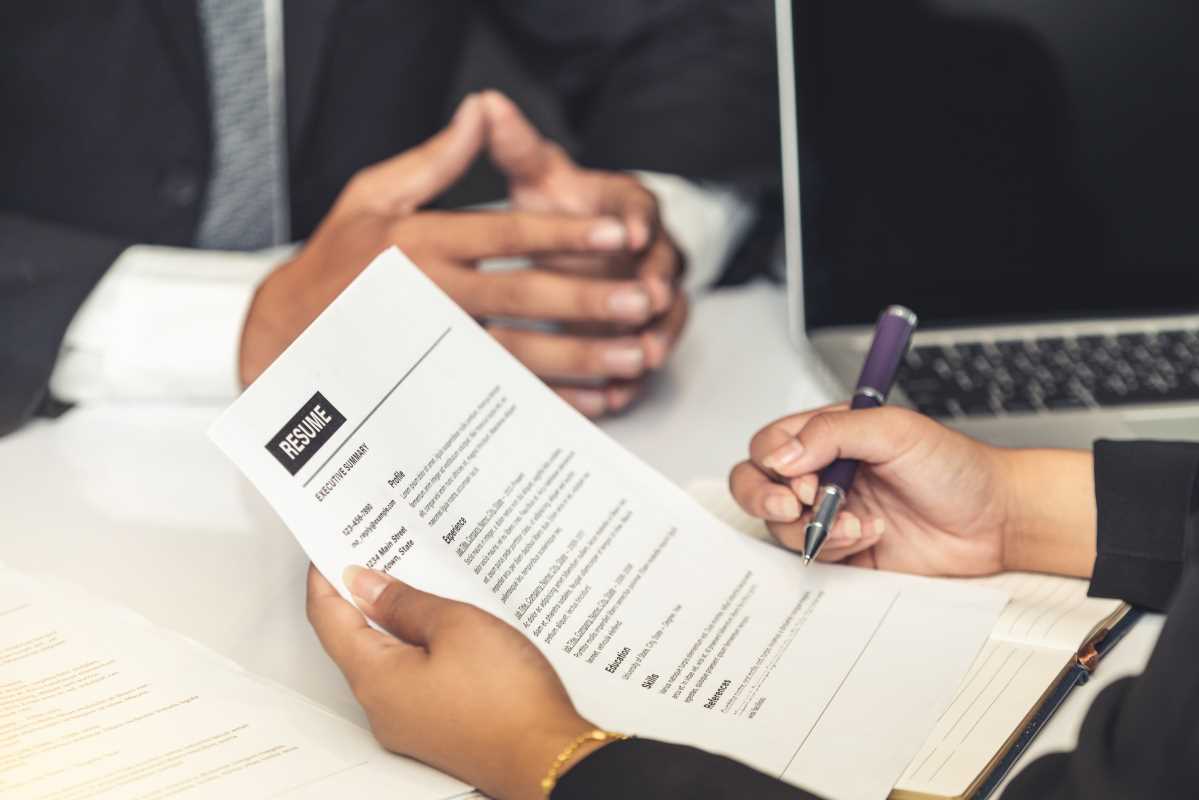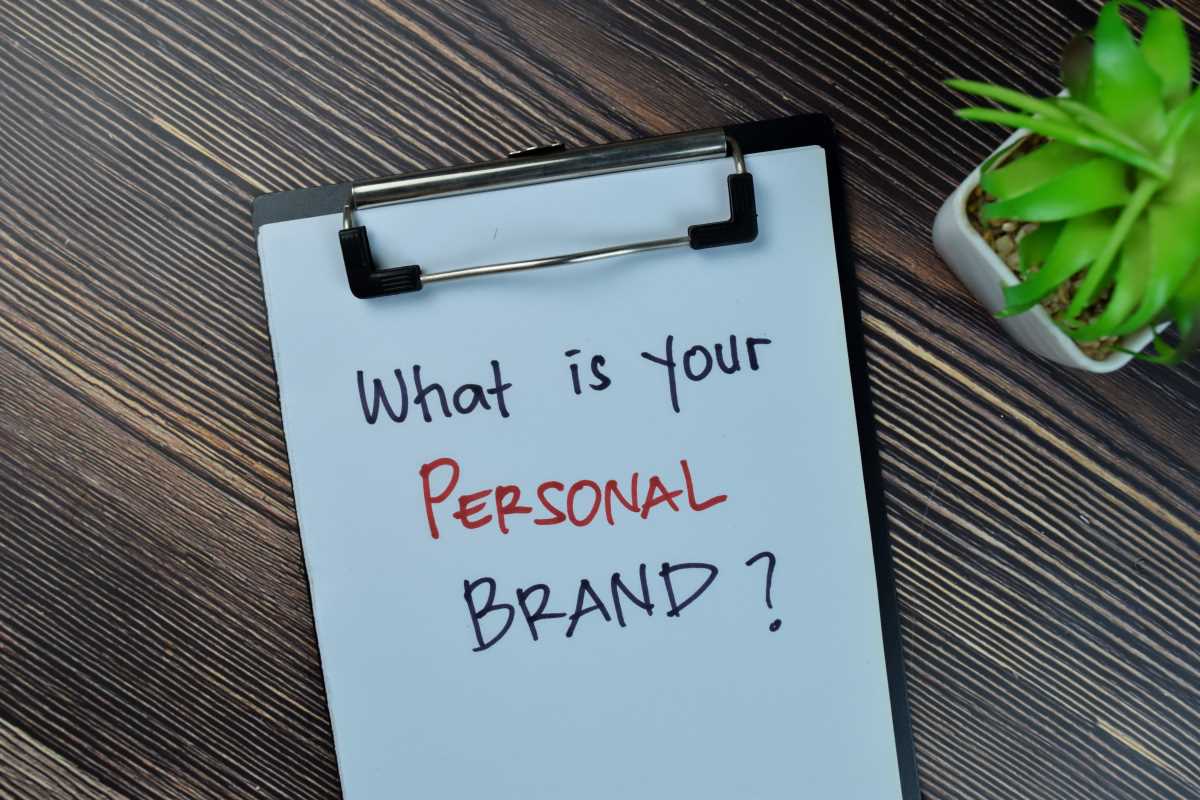You just walked out of your first big job interview. Your heart is still pounding, and you’re replaying every answer you gave. The hardest part is over, right? Not quite. What you do in the hours and days after an interview can be just as important as what you did during it. This post-interview period is a crucial and often-overlooked opportunity to solidify a positive impression, demonstrate your professionalism, and stay top-of-mind with the hiring manager. A thoughtful follow-up can set you apart from other candidates who simply wait by the phone. It shows that you are genuinely interested in the role, organized, and considerate. By following a few simple steps, you can navigate this waiting game with confidence and significantly improve your chances of moving to the next round or even getting a job offer.
Step 1: Send a Thank-You Note (Within 24 Hours)
This is the most critical and non-negotiable step. Sending a thank-you note is not just good manners; it's a powerful strategic tool. It serves as another chance to express your interest, reiterate why you're a great fit, and address anything you may have forgotten to mention.
Email or Handwritten?
In today's fast-paced world, an email is the standard and is perfectly acceptable. It's quick, ensures timely delivery, and allows the hiring manager to receive your note while the interview is still fresh in their mind. A handwritten note can be a nice touch for more traditional companies, but it should be sent in addition to an email, not instead of it, because mail can be slow.
What to Include in Your Thank-You Note:
A great thank-you note is more than just "Thanks for your time." It should be personalized, professional, and concise. Follow this simple structure:
- A Clear Subject Line: Keep it simple and professional. "Thank you - [Your Name]" or "Following up on my interview for [Job Title]" works perfectly.
- A Personalized Salutation: Address the interviewer by name (e.g., "Dear Ms. Smith,"). If you interviewed with multiple people, send each person a separate, slightly different email.
- Express Your Gratitude: Start by thanking them for their time and the opportunity to learn more about the role and the company.
- Mention Something Specific: Reference a particular topic you discussed. This shows you were actively listening and makes your note more memorable. For example, "I particularly enjoyed our conversation about the company's new initiative in sustainable packaging."
- Reiterate Your Interest and Fit: Briefly connect your skills to a specific need or goal that was discussed. For example, "My experience in project management and my success in leading cross-functional teams align well with the goals you outlined for this position."
- A Professional Closing: End with a polite closing like "Best regards," or "Sincerely," followed by your name and contact information.
Example Thank-You Email:
Subject: Thank you - [Your Name]
Dear [Interviewer's Name],
Thank you so much for taking the time to speak with me today about the [Job Title] position at [Company Name]. I truly enjoyed our conversation and learning more about the innovative work your team is doing.
I was especially interested in our discussion about [mention a specific topic]. It sounds like an exciting challenge, and my experience in [mention a relevant skill] would allow me to contribute to that effort immediately.
After learning more about the role, I am even more enthusiastic about this opportunity and confident that my skills would make me a valuable addition to your team.
Thank you again for your time and consideration. I look forward to hearing from you soon.
Best regards,
[Your Name]
[Your Phone Number]
[Link to your LinkedIn Profile]
Step 2: Reflect and Take Notes
While the interview is still fresh in your mind, take 15 minutes to sit down and write down everything you can remember. This reflection is not just for your own peace of mind; it's valuable data for your ongoing job search.
What to write down:
- The questions you were asked: This will help you prepare for future interviews, especially if there's a second round with the same company. Were there any questions that stumped you?
- Your answers: Be honest with yourself. Which answers were strong? Which ones were weak? Where could you have been more specific or provided a better example?
- Information about the role and company: What did you learn about the team culture, the daily responsibilities, and the biggest challenges of the position?
- The names and titles of everyone you met: You'll need this for your thank-you notes.
This process of self-assessment is crucial for improvement. It helps you identify your strengths and weaknesses as an interviewee, so you can perform even better next time.
Step 3: Follow the Instructions You Were Given
At the end of the interview, you likely asked about the next steps and the hiring timeline. It is essential that you respect this timeline. If the hiring manager said, "We will be in touch in about two weeks," do not send a follow-up email after three days.
Being patient and following instructions demonstrates that you are a good listener and respectful of their process. Anxiously bombarding the hiring manager with emails can make you seem impatient and unprofessional, which can hurt your chances.
Step 4: When and How to Follow Up (If You Haven't Heard Back)
So, what do you do if the promised timeline has passed and you still haven't heard anything? It's perfectly acceptable to send a polite follow-up email. Hiring processes can often face delays, and a gentle nudge can bring your application back to the top of the pile.
When to follow up:
Wait until a day or two after the stated timeline has passed. If they said you'd hear back by the end of the week, wait until the following Tuesday to reach out. If no timeline was given, a good rule of thumb is to wait about 10 business days after your interview.
How to craft a follow-up email:
Keep your message short, polite, and professional. Your goal is to gently check in on the status of the position, not to demand an answer.
Example Follow-Up Email:
Subject: Following up on the [Job Title] interview
Dear [Interviewer's Name],
I hope you're having a great week.
I'm writing to follow up on my interview for the [Job Title] position on [Date of Interview]. I truly enjoyed our conversation and remain very interested in this opportunity.
I was wondering if you had an update on the hiring timeline. Please let me know if there is any additional information I can provide.
Thank you again for your time and consideration.
Best regards,
[Your Name]
Step 5: Keep Your Job Search Going
It can be tempting to put your job search on hold while you wait to hear back from a company you're excited about. This is a mistake. Until you have a formal, written job offer in hand, you should continue to apply for other positions and go on other interviews.
Continuing your search keeps your momentum going and prevents you from feeling devastated if you don't get the job. It also puts you in a stronger negotiating position if you end up with multiple offers. Don't stop playing the field until one of the teams has officially signed you.
 (Image via
(Image via





